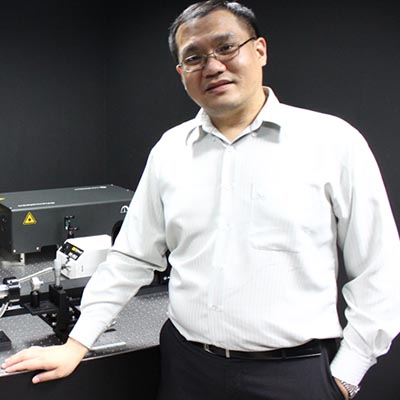Koh Yee Kan

Degree: PhD
Position: Associate Professor
Affiliation: NUS - Dept of Mechanical Engineering
Research Type: Experiment
Office: E2-02-29
Email: mpekyk@nus.edu.sg
Contact: (65) 6516 7601
Research Interests:
Ultrafast spectroscopy
Heat transport (or energy transport)
Transport properties
Thermoelectric properties
Heterostructures of 2D materials

